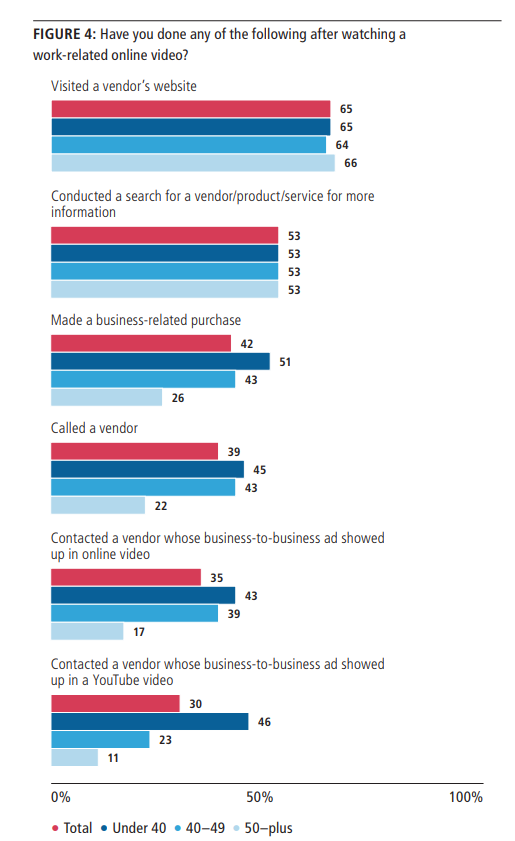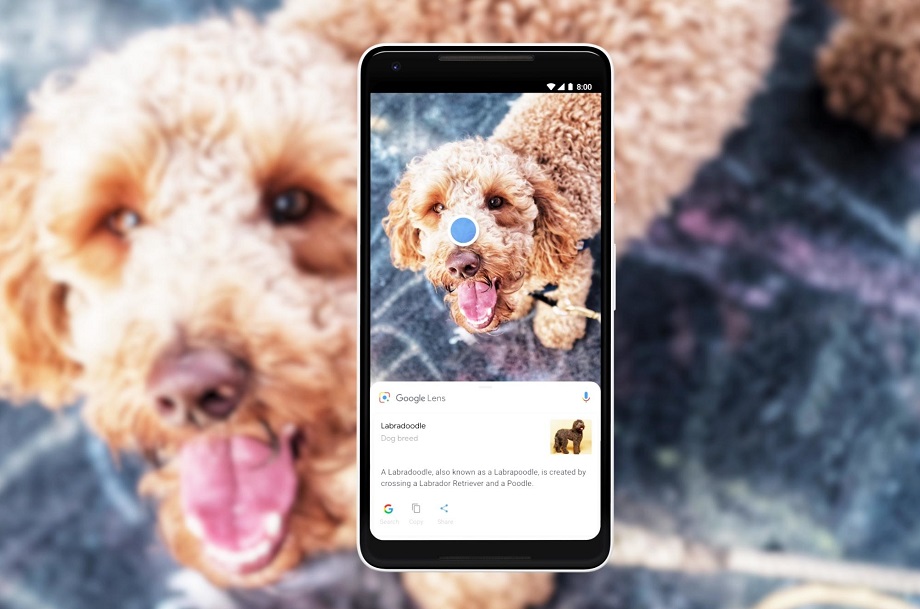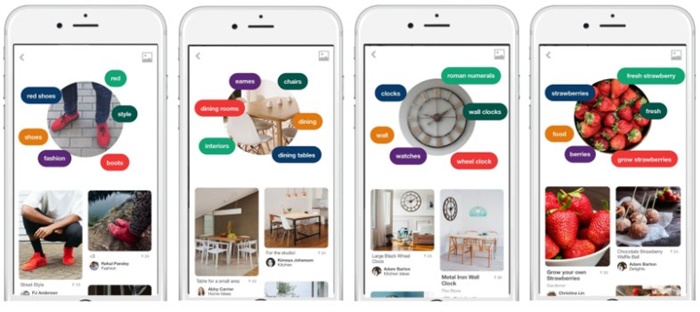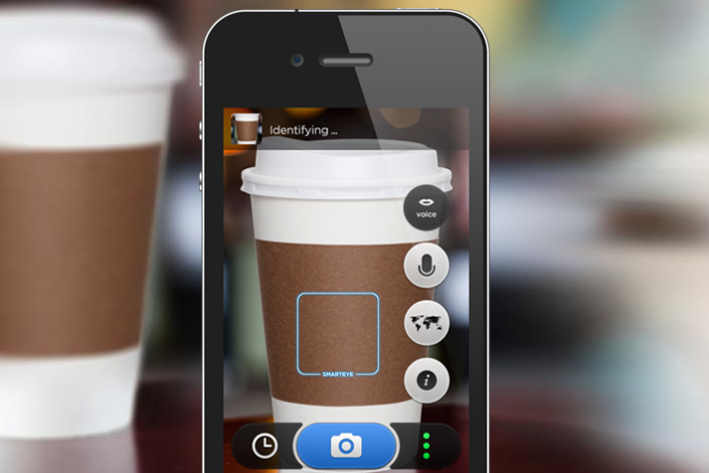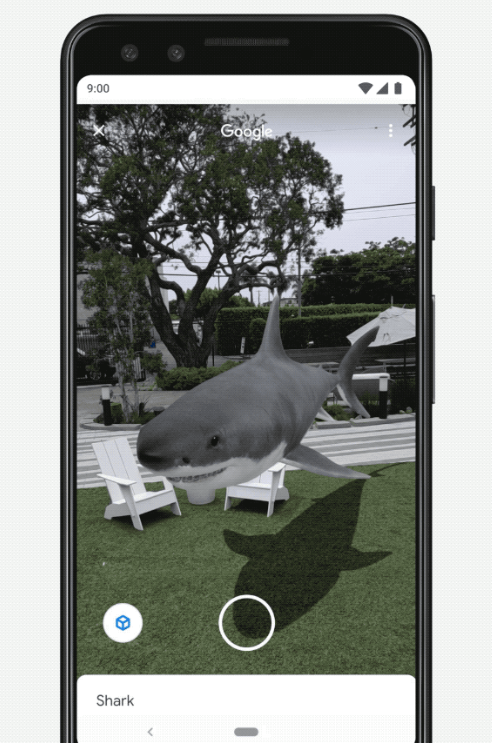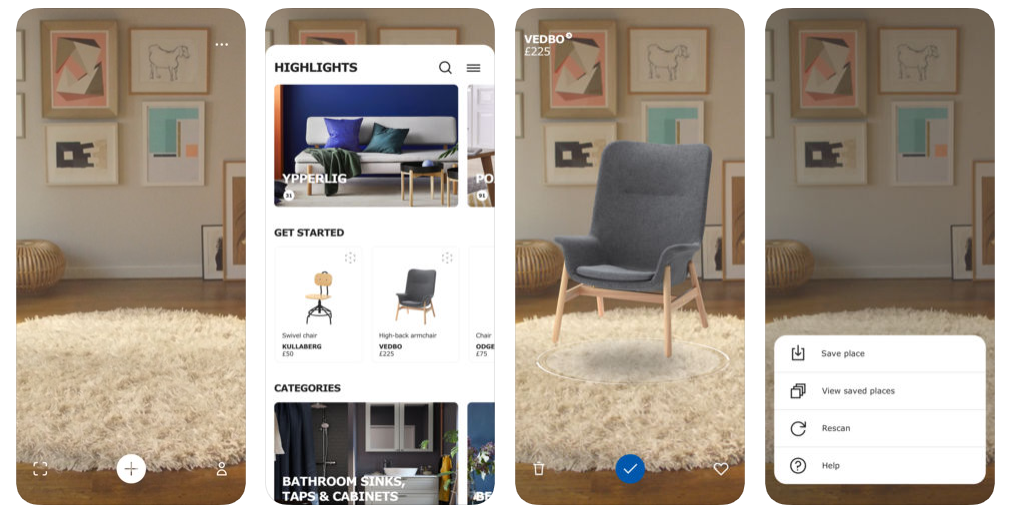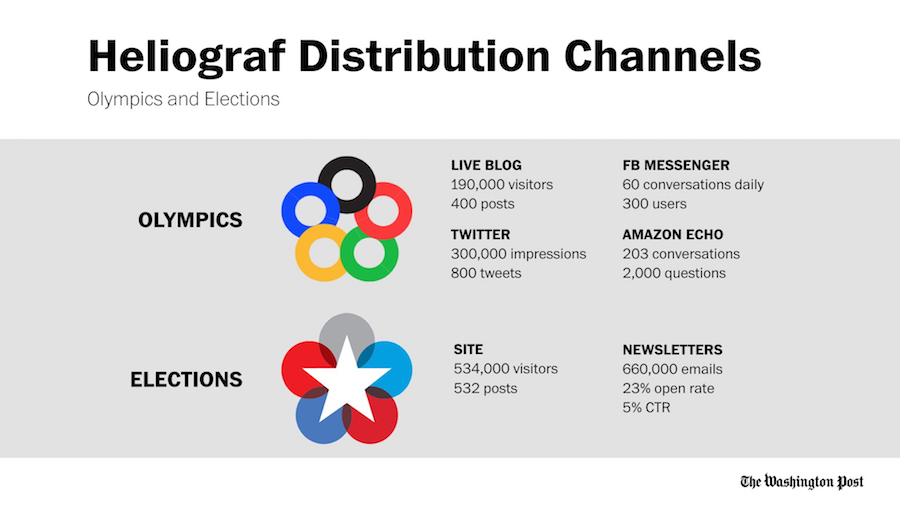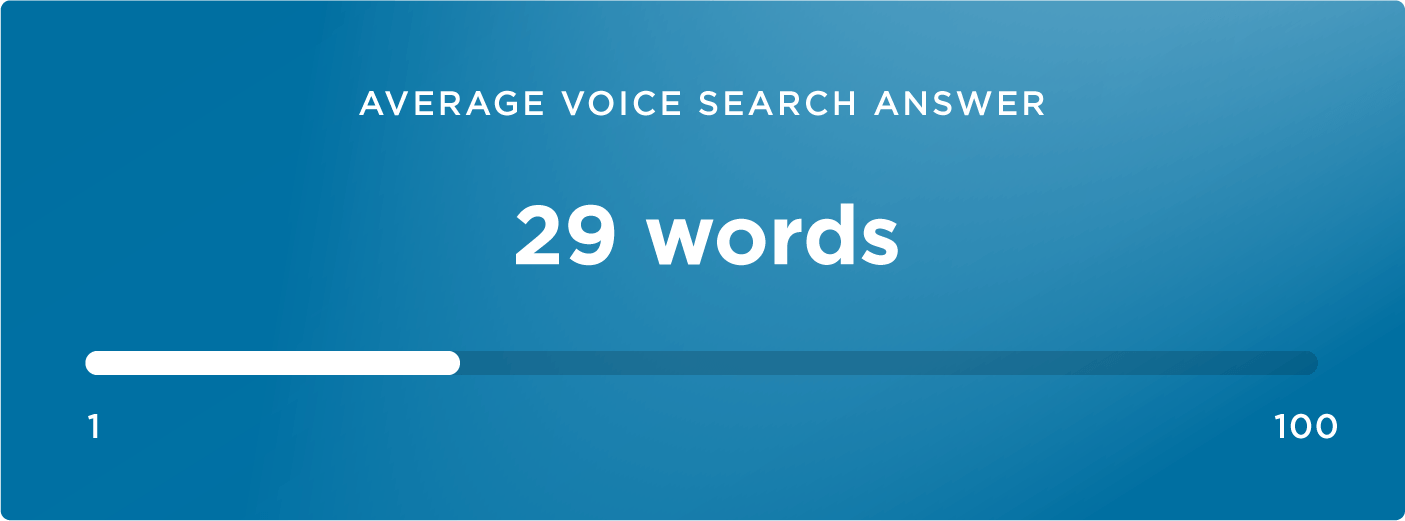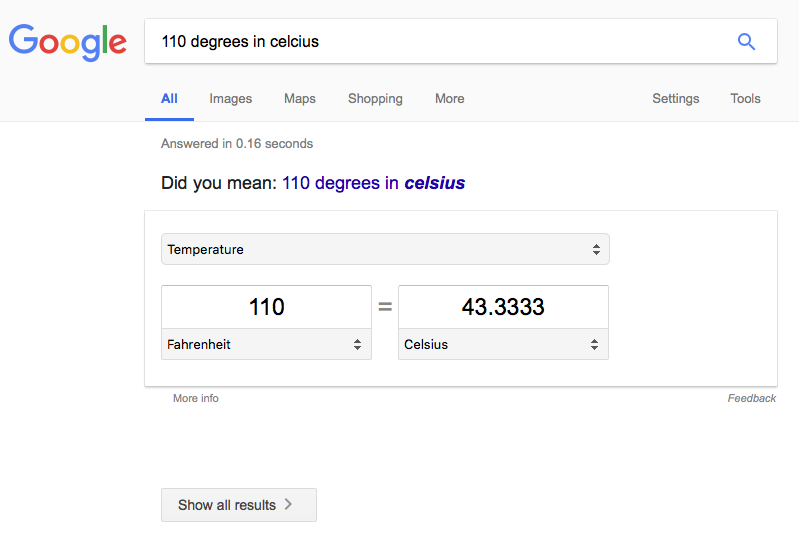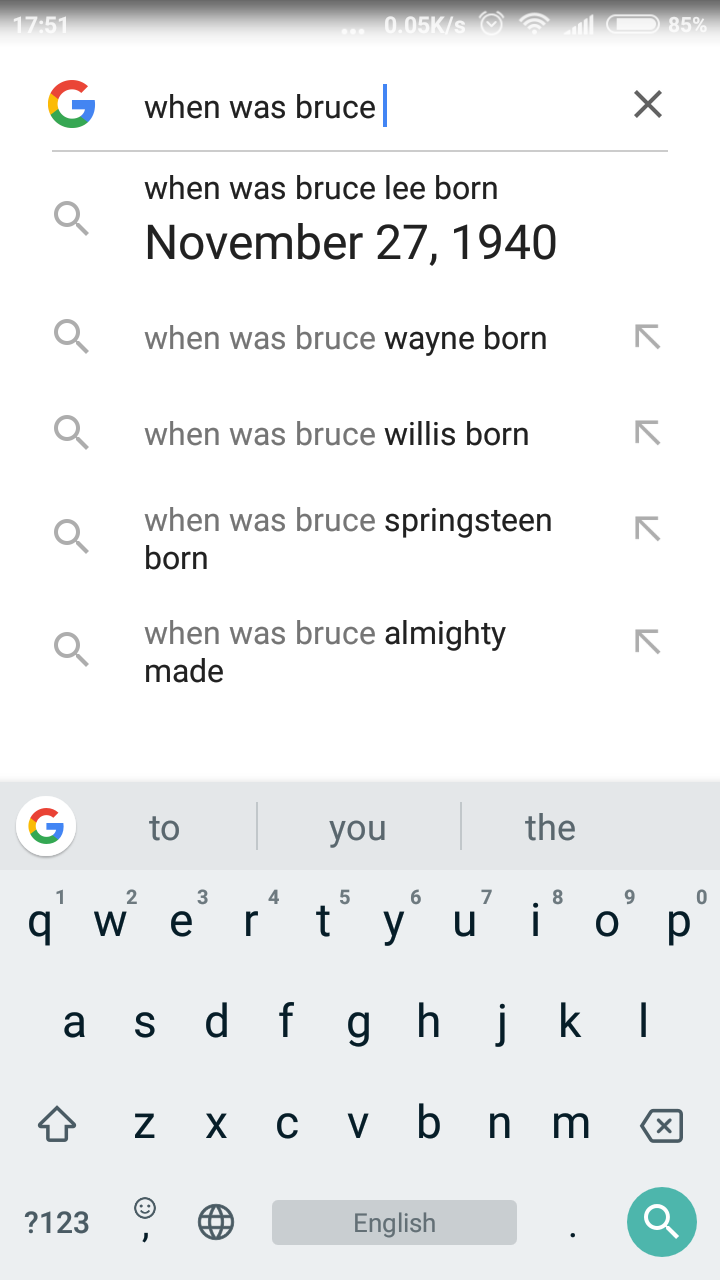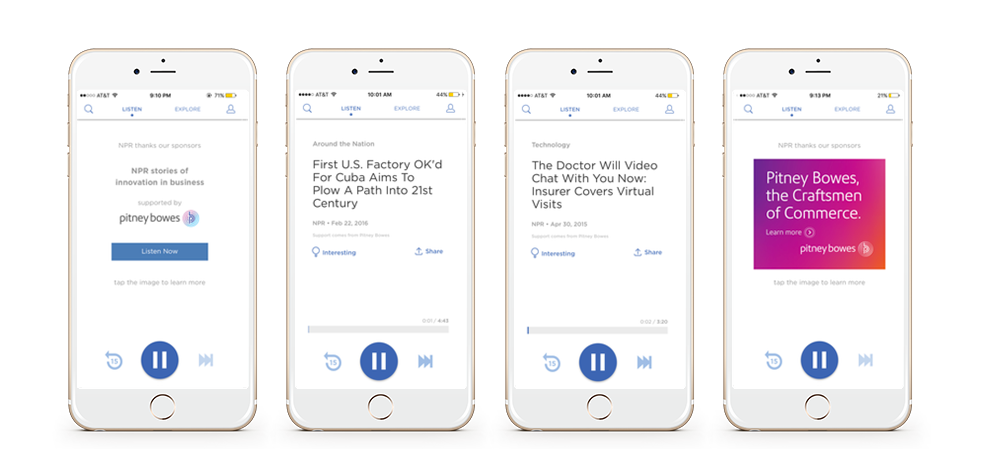Future Of Digital Marketing: How Industry Leaders Prepare For Battles Over New Opportunities
1 July 2019 Leave a comment ALL-HANDS SEO
As Google and other search engines find new creative ways to provide relevant search results, businesses around the world are rushing in to take advantage of new opportunities. Significant changes, however, not only promise enormous profits for those who managed to jump on the bandwagon but also appear to be a death sentence for hundreds of not-as-rigid companies.
Accustomed to dominant positions in SERP (which they often achieve through dodgy grey-hat SEO techniques), they suddenly face an outflow of traffic after minor algorithm updates. The mere survival of such businesses in a highly competitive market is constantly being challenged.
Unlike well-established brands, small companies don’t have unlimited resources which can be invested in market research and innovative tech. Nevertheless, it doesn’t mean that they should sell out and leave the industry. We believe that by improving on other’s ideas and learning from other’s mistakes, one can not only build a competitive brand but eventually mark that beautiful top spot on the market.
We studied emerging digital trends that promise to become game-changers in the following years and analyzed approaches that industry leaders adopted in order to secure their grounds in the future.
Video Marketing
Video content has gone far beyond traditional TV sets. Just turn on your cell phone, and YouTube, Netflix, or Amazon Prime Video are few taps away. And there’s more to think of – check out these statistics:
- 82% of traffic will be video by 2022.
- 72% of companies believe that video content has improved their conversion rate.
- Onlive videos make executives visit a vendor’s website, search for more info about a vendor, make a purchase, and more:
Thought Leadership Videos: Moz
The idea is straightforward: experts in a certain niche share their knowledge and experience. The crucial point here is to share something truly valuable with your target audience. If they are professionals, your insights should be detailed and based on your own experience.
Rand Fishkin from MOZ is regularly creating video content for Whiteboard Fridays. It can be a broad subject, such as making money from SEO in 2019, or a more narrow one like PR-focused link building.
Live Videos: Sephora
Live videos are among the latest trends, and not all brands have fully used it to their advantage. Real-time communication gives viewers an opportunity to interact with the brand’s representatives: leave likes, questions, and comments. It creates a feeling that a brand is closer than ever, and you can trust it.
Sephora used Facebook Live and its AMAs (Ask Me Anythings) format to talk to special guests: Jen Atkin (Ouai Haircare) and Christophe Robin Paris. During 30 minutes, these two had a casual talk about the latest beauty trends and tips.
Our #FacebookLive with Jen Atkin of Ouai Haircare and Christophe Robin Paris was a hit. Watch again to find holiday hairstyle inspiration.
Posted by SEPHORA on Wednesday, 2 November 2016
Even though this is a simple conversation, the hosts could advertise their products and make viewers check and buy these products later on.
Emotional Videos: Dove
Emotions can build strong connections between a brand and its customers. Emotional videos often focus more on the company’s mission and values rather than on specific products.
In other words, you’re focusing on why you’re creating something instead of explaining what exactly you’re creating.
Dove’s vision states that they want to help women to feel comfortable in their bodies and be more confident. The #ChooseBeautiful campaign is based on this vision.
In the video, women can choose two entrances to walk through: the one says “Average” and the other says “Beautiful”. Women explain why picking the “Beautiful” door is a struggle for them.
You won’t see any Dove products, but you can clearly understand what idea stands behind the products’ creation.
Micro-Moments
TV or smartphones? That’s a good question. Unlike TV, smart devices are always in the user’s pocket, which makes brands review and improve their marketing strategy, and micro-moments are here to help them out.
Micro-moments are short interactions between people and their devices, which demonstrate the way users think and why they use their smartphones.
Four main types of micro-moments are:
- I want to know.
- I want to go.
- I want to do.
- I want to buy.
In other words, people reflexively turn to a device with a particular purpose: to buy something, to find a place to visit, to find some information, and so on. In such moments, the users’ expectations are very high, and they want brands to provide the most relevant content.
The key to the brand’s success is to understand what stands behind the intent during micro-moments.
Sheseido
This brand is focused on anticipating the customers’ needs. According to Alessio Rossi, global chief digital officer, following in-the-moment behavior means lagging behind, so the brand should offer a solution before purchase.
At the same time, being too personal with customers and show them exactly what they want can decrease your revenues, that’s why Shiseido decided to give visitors “the right amount of wrong”. It means that the company offers customers several options to choose from based on their previous activity.
Goodyear
The company analyzed what search queries are the most popular among its potential customers. Goodyear is a tire manufacturing company, so the questions of the “I want to know” moment were: “How do I know if I need these tires?” or “How to check air pressure?”
After making a list of the most popular questions, Goodyear optimized its website content to provide more information to help searchers.
Red Roof Inn
This is a platform where you can find hotels and motels to stay in. The company’s marketing team found out that people tend to look for boarding facilities when their flight is canceled, i.e., they use the “I want to go” moment.
The team started an ad campaign directed to the local results and achieved significant traffic growth.
Visual Search
Visual search allows users to use pictures instead of words during their search. It is an entirely new experience, which can serve well for both searchers and businesses.
To move image search further, Google announced an improved version of Lens. It is a feature that will be built into Android’s camera, Google Photos, and Assistant. Its main goal is to help you understand the world better. Sounds quite generic, right? Here’s exactly what you can do:
- Scan the text on the unknown language and translate it immediately. The translation appears as subtitles below the scanned text.
- Find similar clothes, furniture, and other objects. Let’s say you see an outstanding outfit. Previously, you had to search for similar items on the web, typing in queries like “small grey bag”. Now, you’ll be able to find similar objects with a couple of taps:
- Explore places, plants, and animals. If you don’t know a thing about a building nearby or want to identify the dog breed, Google provides you with this info.
Google hasn’t announced a guide for marketers on how to optimize content for this kind of search. But if Lens gains momentum, appearing on the top of the search will be a game changer for business owners.
Let’s see how visual search is used right now.
The company is already using the Lens feature within Pinterest’s app. To use it, you need to open the app’s camera and focus it on the object you want to find. As Pinterest is a visual platform, so you can look for a bunch of things here: recipes, clothes, decor items, etc.
CamFind
While Google Lens is preparing to hit the market, CamFind is already doing it. In simple words, this is a visual search engine available for iOS and Android devices.
Its main features include:
- Internet search results
- Online shopping and price comparison
- Local search results
- Sharing to social media
- Language translation
- QR and barcode scanner, etc.
Augmented Reality and 3D View
Augmented reality is not a new trend, and many companies use it in different ways, but as usual, Google is going to add something epic. The new AR/3D functionality will be added right to the search.
This is how it works:
- You’re looking for something in Google. Let it be some New Balance shoes.
- In the Knowledge Panel, you see an option to view the object in 3D and AR.
- You’re clicking on this option, and the 3D object appears on your screen.
At the I/O conference, Aparna Chennapragada (VP, Google Lens and AR) gave an example of a great white shark. It’s hard to imagine how big this shark is, but if you use a 3D model and add it to your backyard, you get a clear vision about the animal’s size.
Also, we previously mentioned New Balance for a reason. Now Google partners with several companies that will provide their 3D models: NB, Target, Samsung, NASA, and Volvo are in the list as well as many others.
Later this year, adding an object will become available for any business. With the help of developers, you’ll be able to level up your SEO strategy.
How can this feature change the future? While a shark example does seem fun but has no marketing value, 3D models from a store can be a revolution in online shopping. Previously, only several brands applied AR functionality (we’re showing you examples below). But now any business can potentially get AR benefits.
BBC Civilisation AR
This is an educational app that helps users to examine various historical artifacts. After picking a model, you can interact with it in numerous ways: locate, rotate, and resize it. For now, the app contains models from over 30 British museums, and you can explore all of them never leaving your bedroom.
INKHUNTER
Thinking of a tattoo? You should try it on first! That sounded strange some years ago, but now you need only several minutes to “try on” nearly a dozen different tattoos. Inkhunter allows using premade or downloaded sketches and rotating it any way you like.
There is also one important update to the app: sketches in color. Now you can see exactly how any tattoo would look like on your body.
Ikea Place
Love Ikea furniture? Then you’ll love this app. It is a great example of how AR shopping may look like. You will find 3D models of any furniture items and will be able to “fit them” into your place.
Before picking a model, you have to make sure the room is well-lit and there is some space where you can put a decor/furniture element.
Artificial Intelligence
According to the report by MIT Sloan Management Review and Boston Consulting Group, 85% of business executives believe AI will help to gain or sustain a competitive advantage.
At the same time, it seems like Artificial Intelligence and Machine Learning are dominated by bigger corporations. According to Adobe Digital Trends 2018 report, top-performing companies are 2x more likely to be using AI (28% vs. 12%).
In fact, the adoption of AI systems by businesses is relatively low with less than 15% of enterprises using artificial intelligence to achieve their business goals (according to Adobe).
However, if we take a closer look at what customers say about AI, 38% believe that things like Machine Learning and Artificial Intelligence are set to improve the buying experience, while 73% are open to businesses using AI with them if it makes life easier(according to Pega).
What do those figures mean to marketers?
Proceeding from the available data, it’s easy to come up with the following conclusions:
- AI-powered technologies are mostly used by big enterprises.
- Most companies are keeping a watchful eye on Artificial Intelligence and embrace its potential, but have little confidence in adopting this tech.
- Despite the fact that AI is a relatively new technology, the majority of consumers are positive about its further evolvement and widespread implementation.
You might not agree with these points, but there are no doubts Artificial Intelligence is the biggest trend in 2018. Moreover, lots of brands have already implemented AI-enabled solutions in their business processes.
Here are just a few examples of retail businesses that use Artificial Intelligence and Machine Learning to unlock new opportunities.
The North Face
In 2015 North Face has partnered with IBM Watson to launch an AI-enabled service that, as they claim, “helps to find the perfect jacket for your next adventure.”
By utilizing IBM’s cognitive computing tech and artificial technology, North Face helps it’s shoppers to find a suitable jacket based on their location, time of a year, weather conditions and alleged activities.
That is a perfect example of how Artificial Intelligence helps retail businesses to engage more users. In fact, 75% of North Face users said they would use the service again.
The Washington Post
Retail isn’t the only industry that makes good use of Artificial technologies. It turns out news agencies have been benefiting from AI-enabled technologies for quite a long time now.
One of the most remarkable examples is The Washington Post and its AI-powered Heliograph bot. News agency used its home-baked robo-writer to cover 2016 Summer Olympics and high school football in Washington DC.
What Heliograph does is it takes in particular data points from The Washington Post feed and then creates short-form stories on the top of determined patterns.
The Post is not the only news company that embraces AI. The Associated Press and USA Today are also using robots to cover news stories and even make short videos.
Saatchi & Saatchi
Artificial Intelligence takes precedence over every business model. No surprise, it’s been also used to run automated ad campaigns.
Imagine that you could segment users according to their interests and then target relevant ads automatically. That is precisely what Toyota’s RAVvity advertising is about.
Back in 2017, agency Saatchi & Saatchi used IBM’s AI-powered platform Watson to create highly-personalized video ads.
Saatchi created scripts using behavioral insights and location, and then scraped the content of various websites to build a neural network of words and sentences. Consequently, the agency used this network to create more than 1000 Facebook videos with AI-generated narration and visuals.
How can small businesses catch up with AI?
Even though cutting-edge technologies like Artificial Intelligence and machine learning are often associated with massive corporations, small companies can also benefit from them. Here are a few AI-enabled solutions that can help you to catch up with the biggest tech trend.
- Einstein AI can empower your CRM by adding AI functionality to Salesforce applications. What it does is it helps to analyze user behavior by evaluating recorded phone conversations, feedbacks, emails, and social media mentions, so you can understand customer intent and adjust your lead generation campaigns accordingly.
- BotCore is an enterprise-level platform that offers AI-powered chatbots for enhancing customer support services. It can integrate with all major AI tech, including IBM Watson, Google AI, Amazon AI, etc. BotCore claims that their solutions can help to “improve helpdesk response time,” “make informed decisions,” and ”mitigate intranet adoption challenges.”
- Articoolo s an AI-powered textual content generator. This tool creates unique grammatically-correct texts by basically rewriting on-topic articles relevant to your content ideas. Although this piece of software is still far from perfect, it can save content writers a considerable amount of time in the long run.
In fact, we used Articoolo to write a small part of this article 🙂
Zero-results SERPs and Voice Search
Voice Search is probably the hottest tech at the moment. You can find dozens of articles covering Voice Search, and even explaining how to optimize for it. With the recent zero-results (or single answer) SERPs experiment at Google, the issue of Voice Search becomes more and more compelling.
However, only a handful of resources provide a bigger picture of Voice Search optimization and perceive it through real-life examples. Surprisingly, there’s a little-to-no discussion about the correlation between Google’s zero-results experiment and Voice Search. In this article, we’ve decided to fix that widening gap.
Not having reliable numbers at hand, it can be hard to grasp the importance of trends emerging in the digital space. So, let’s take a look at some statistics before we go any further.
According to Brian Dean’s study of 10,000 Google Home results, average voice search answer is just 29 words long.
What’s more, 40,7% of Google Home answers come from featured snippets.
On the other hand, though, it turns out that stand-alone digital assistants like Google Home aren’t the most popular voice-enabled devices. The study by The American Research Panel revealed that 42% of Americans use smartphones for voice search. Therefore, mobile optimization is a vital part of any brand’s voice search strategy in 2018.
Talking about single-answer results pages, it’s really hard to find decent data about it. Nevertheless, we can give you some facts about this feature.
So, that’s what we’ve found out so far:
- Zero-results SERPs was an experiment launched by Google at the beginning of March 2018.
- Google finished the experiment on the 20th of March.
- Zero results pages were aimed at improving the speed of results.
- Experiment affected the traffic of domains that rank for calculations, time, dates, etc.
Here’s an example of how one-true-answer pages looked like:
Although Google has already finished the experiment, zero-results SERP was there long before they started. In fact, for some particular queries, you can get results bypassing results pages. Try to type in a year- or location-based question. You’ll probably get something similar to that:
In the above case, search engine determined the search intent and provided an answer despite that we didn’t even enter the full question. What’s even more important, Google embedded an answer into the suggested search feature. Impressive, isn’t it?
Even though Google never mentioned that they have an intent to eliminate organic results pages, it’s quite easy to imagine that one day we’ll wake up in a world without SERPs. That would be a world where users ask questions not in the form of queries, but rather in the form of actual, and conversational, queries.
Are you prepared for a new age dominated by digital assistants and single-answer SE results? Or, more importantly, is your marketing strategy ready for it?
Probably not. So, instead of shrinking into despair, let’s take a look at how industry leaders are getting prepared to deal with future challenges.
L’Oréal
Although L’Oréal has been in business for more than 100 years, its marketing techniques are definitely not lagging behind today’s digital trends. Having a long history of struggles with making its brand more visible in natural search, it seems that now L’Oréal is set to dive into cutting-edge marketing tech.
Talking about Voice Search, L’Oréal estimates that 20% of total search will be voice-based till the end of this year. Here’s what Carlos Spallarossa, director of SEO at L’Oréal, says about company’s approach to voice search optimization:
“We approach voice-targeted content by answering the 5 Ws: the who, what, where, when, and why and also take into consideration the how. We find especially in the beauty industry that people are hungry for how-to videos, that people want to know what is the best product, how do you create this certain look, and so we are working very closely with our content strategy teams to make sure that we are taking a more voice-search approach to content creation.“
National Public Radio
National Public Radio is an excellent example of how mature media business can benefit from voice search. Moreover, they might have found a new way to reach out to voice search users.
Earlier last year National Public Radio partnered with Amazon Alexa to enlarge the outreach of NPR One, its AI-powered storytelling app.
In less than a year, the phrase “Alexa play NPR News Now” has reportedly been heard in 400,000 households. What’s more, NPR One allows users to extend promoted messages from NPR’s partners, so that users can get more information about them.
Domino’s Pizza
Despite having a totally different business model, Domino’s approach to voice search is somewhat similar to NPR’s. Domino’s also inked a deal with Amazon Alexa to reach out to voice-search users.
Domino’s customers that use Amazon’s Alexa or Dot can place orders with their voice-controlled devices.
Alexa’s digital assistants are not the only devices to support Domino orders, you may also try it with Google Home.
How about smaller businesses?
Not every company has resources to develop a voice-controlled app or partner with Amazon. Nonetheless, no one would like to lose possibilities voice search can provide. From promising a new powerful customer acquisition channel to outperforming competitors, voice search can become an engine of growth for any business.
We’ve gathered a few possible solutions for those of you, who dare to give voice search a little try.
-
- Learn how to optimize for voice search in Google. Check our blog post The Step-by-Step Guide to Optimizing for Voice Search.
- Use Q&A format to structure content on website pages. Also, consider switching to keyword research tools that can find conversational keyword ideas. Our Keyword Finder has a Similar Keywords feature that will stand you in good stead.
- You can enable voice search on your website. It won’t take a lot of time with Web Speech API to enable voice-to-text input across search boxes. It’s probably the easiest way to play around with voice-enabled tech so far.
- Get ready for ads on Alexa and Google Home. Despite that advertising opportunities with Alexa are currently limited, and Google Home doesn’t support ads at all, keep in mind that both companies make huge profits from advertising. So, it’s very likely that we’ll see ads at Alexa and Google Home in the nearest feature. Consequently, that can provide businesses with a new customer acquisition channel.
What is the future of Digital Marketing?
Marketing is and has always been, about reaching to people where they are. Nobody’s going to put a billboard in a ghost town. That is a reason why marketers all over the world are always looking for new ways of communicating their brands’ messages to potential customers.
We need to understand that industry leaders gained their success not only from building innovative products but also from keeping pace with emerging marketing techniques and technologies. Whether it’s Artificial Intelligence, voice search, or augmented reality — big corporations take a leading role in innovations and are usually the first to adopt disruptive technologies.
On the other hand, no one can stop smaller companies from catching up with market leaders. By closely monitoring innovations and trending approaches in marketing, modest brands can get the full picture of what’s happening on the market and – what’s even more important – take center stage in the face of future challenges.
Tags: 3D, AR, Artificial Intelligence, Augmented reality, video, Voice Search
Like this article? There’s more where that came from.
- 5 Questions to Ask Yourself Before Paying for Rank Tracking Software
- 5 Serious Mistakes Beginner SEOs Make and How to Fix Them
- Why We Use Google’s New Link Attributes and You Should Too
- Title and Description in 2021: Why Google Rewrites SEOs’ Meta Tags
- What We Should Learn From Google’s “About This Result” Feature

